As cities around the world strive to become smarter, more connected, and more efficient, outdoor digital infrastructure is playing a crucial role in this transformation. At the heart of this shift lies a powerful tool: outdoor advertising LED display screens.
These dynamic displays do far more than show advertisements. They enable real-time communication, enhance city aesthetics, and deliver significant economic benefits. For municipalities, private advertisers, and investors, the key question is this: How do outdoor LED displays generate a measurable return on investment (ROI) in smart cities?
This article explores how outdoor LED screens contribute to smart city development while driving tangible and sustainable ROI.
Smart cities leverage data, sensors, and real-time technologies to improve urban living. LED display screens have become integral to this model, acting as digital billboards, communication portals, and advertising platforms—all rolled into one.
These screens are often integrated with IoT (Internet of Things) networks and smart grids to deliver dynamic content. For example, a smart LED billboard may display real-time traffic updates, emergency alerts, or public transportation schedules—all while monetizing unused screen time with targeted advertising.
They serve both functional and commercial roles, turning every display into a dual-purpose tool: inform and monetize.
Unlike static signage, outdoor LED displays are highly versatile and location-optimized. Mounted on buildings, poles, or transit hubs, they can capture massive foot traffic and vehicular impressions.
The advantages include:
Dynamic Content: Easily updated in real-time via cloud-based systems
Energy Efficiency: LED technology consumes less power than traditional lightboxes or LCDs
Weatherproof Design: Built for long-term outdoor performance in all climates
Programmability: Schedule ads and public content by time, region, and audience behavior
These features make them a seamless fit for modern smart cities aiming to reduce waste, increase efficiency, and improve communication.
Outdoor advertising LED display screens serve as high-value assets in a smart city’s digital ecosystem, generating multiple streams of income and measurable ROI. Here’s how:
| 1.Programmatic DOOH Advertising (Digital Out-of-Home): | Smart cities can monetize LED displays by integrating with programmatic ad platforms. This enables automated, real-time bidding for ad space, optimizing screen usage and maximizing revenue per impression. |
| 2.Local Business Partnerships: | Cities and digital screen operators often collaborate with nearby businesses to promote products and services. For small and medium enterprises (SMEs), this provides an affordable way to reach hyper-local audiences with high visibility. |
| 3.Government & Public Service Messaging: | Public agencies can lease screen time for city announcements, safety alerts, and cultural events, ensuring information reaches citizens while contributing to cost recovery. |
| 4.Sponsorships & Event-Based Campaigns: | During festivals, sports tournaments, or national holidays, LED displays can host event sponsors and branded campaigns, creating exclusive monetization opportunities. |
Each of these channels not only supports operational expenses but often leads to profitability within a few years of deployment.
Outdoor LED display screens are designed for longevity and durability, which directly translates into better ROI over time.
Energy Efficiency:
LEDs use significantly less power than traditional lighting systems. Newer models also include brightness auto-adjustment features to further reduce energy consumption during low-light hours.
Minimal Maintenance:
High-end outdoor LED screens are built with modular components and robust weatherproofing (often IP65 or higher), requiring less frequent servicing. Their average lifespan ranges from 80,000 to 100,000 hours—often exceeding 10 years.
Reduced Labor Costs:
Cloud-based content management systems allow operators to change and schedule content remotely, eliminating the need for manual poster changes or maintenance crews.
Combined, these savings create a long-term value proposition that outweighs the higher initial capital investment.
One of the most powerful advantages of modern outdoor advertising LED displays is their ability to collect and react to real-time data.
Sensor and Camera Integration:
Smart LED screens can be equipped with sensors to estimate foot traffic, dwell time, and even vehicle type. This data can then inform content scheduling for higher engagement.
Geo-Targeting & Time-Based Ads:
Based on location and time, advertisers can tailor content to suit local audiences, whether it’s morning coffee ads during rush hour or concert promotions in entertainment zones.
Performance Tracking:
Real-time dashboards help advertisers and city officials measure metrics like exposure, engagement, and ad recall. This kind of transparency makes LED display advertising far more accountable than traditional billboards.
While outdoor LED advertising screens bring impressive ROI potential, they also come with unique challenges that city planners and investors must carefully evaluate:
The upfront cost of installing outdoor LED displays—including hardware, network integration, and structural setup—can be significant. For smart cities operating under tight budgets, these initial expenses may pose a barrier to adoption without public-private partnerships or phased rollouts.
Many urban areas have strict regulations around digital signage brightness, placement, and content restrictions. Gaining permits and adhering to visual pollution laws or historical site preservation rules can delay or complicate projects.
To maximize ROI, content must be fresh, engaging, and relevant. This requires skilled teams or partners to handle content scheduling, creation, and compliance—especially when screens serve both commercial and civic messaging purposes.
Smart outdoor LED screens depend on reliable electricity, internet connectivity, and mounting infrastructure. In some cities, particularly developing urban zones, this may require foundational upgrades.
As LED displays integrate with IoT and real-time data systems, they become part of the city’s digital fabric. That makes them potential targets for cyberattacks, necessitating strong encryption, secure content management platforms, and compliance with data privacy regulations.
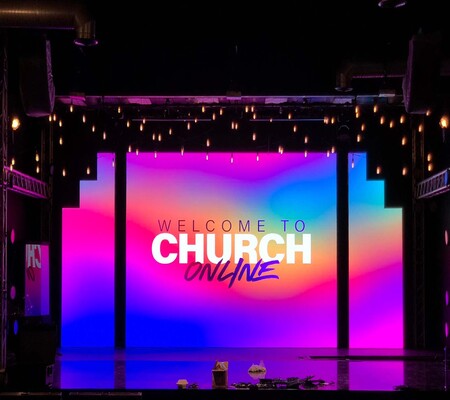
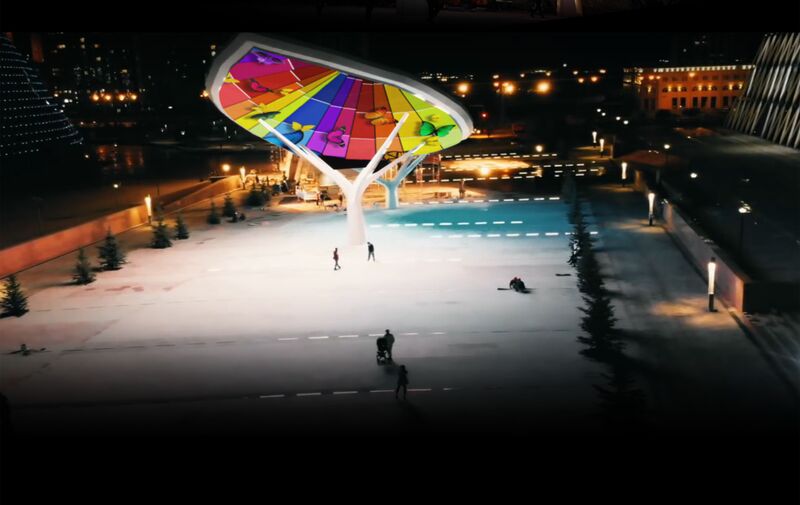
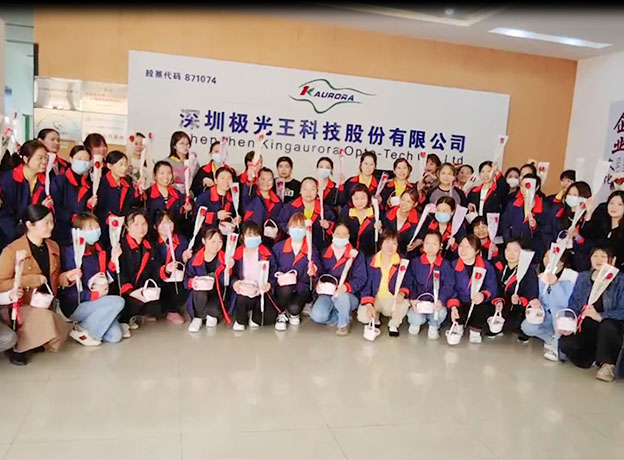
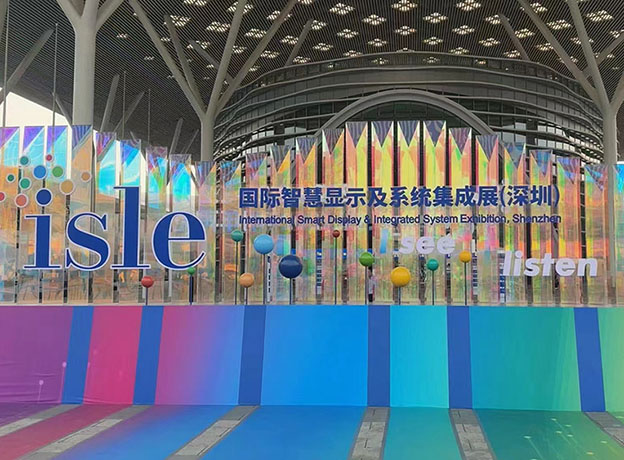

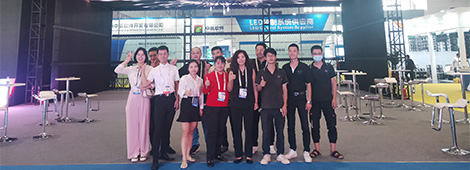
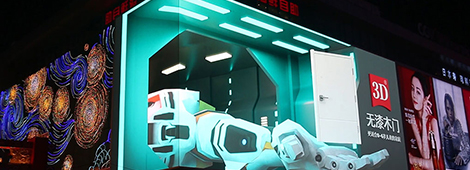
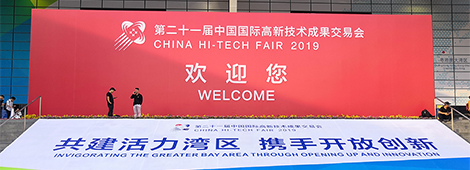


3th Building,Gaosite Zone Pingshan
New District, Shenzhen

sevice88@kingaurora.com
3th Building,Gaosite Zone Pingshan
New District, Shenzhen